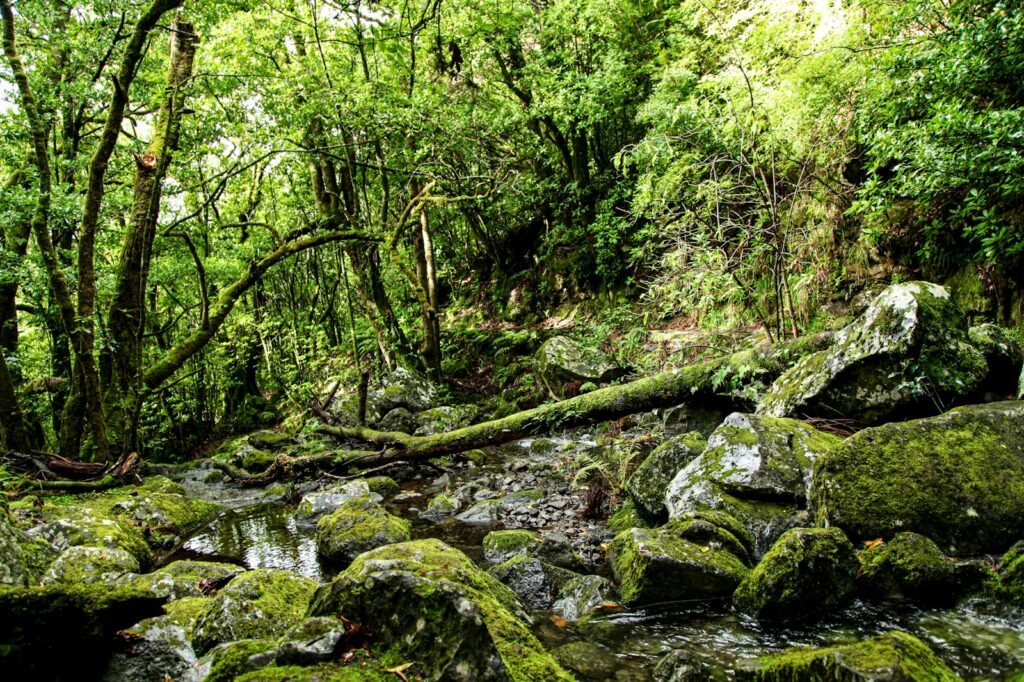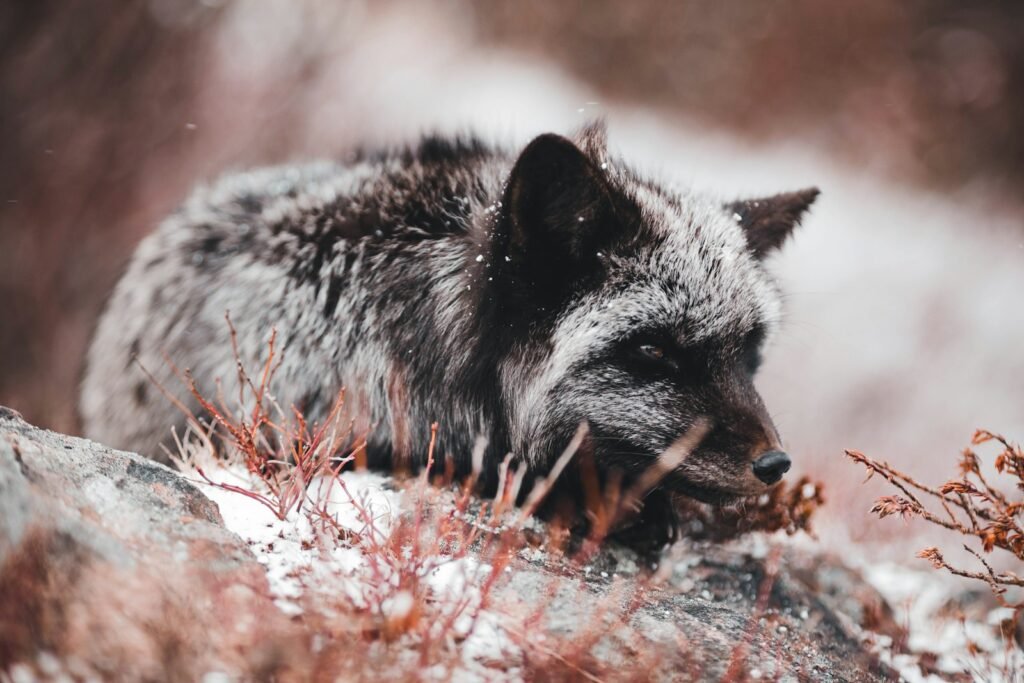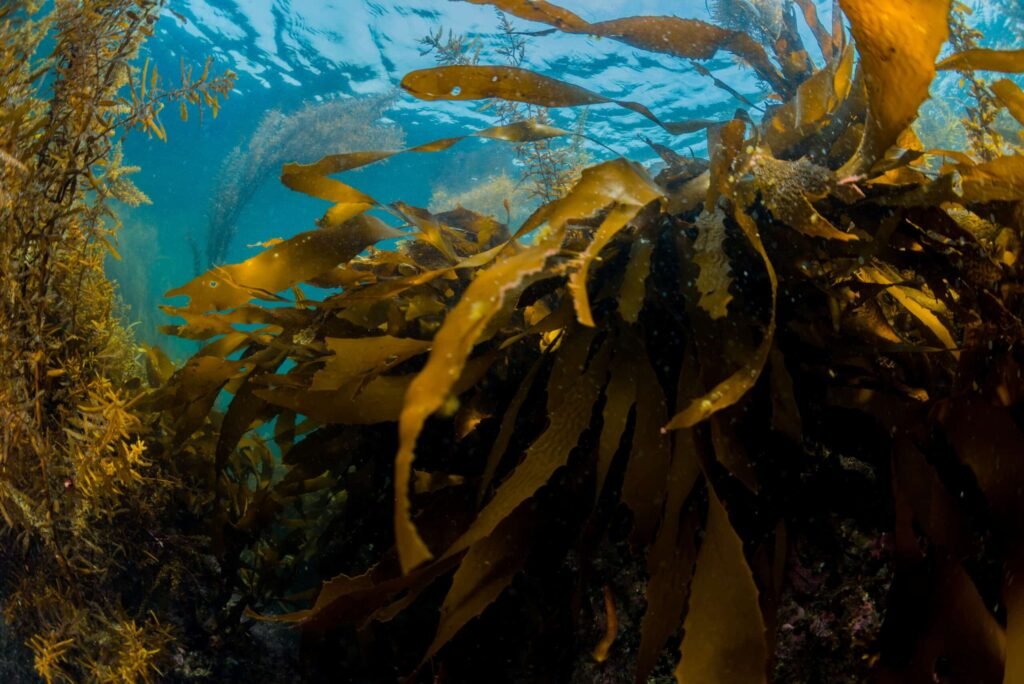It began with a drill biting into ancient ice and pulling up something no one expected: dark, fragile roots locked in a frozen time capsule. Beneath Greenland’s vast white shield, a long-buried landscape has whispered back to life, hinting at a time when trees, soil, and running water ruled where glaciers now reign. The discovery is more than a curiosity; it’s a witness statement from Earth’s past about how quickly ice can retreat and ecosystems can return. For coastal cities weighing their futures, and for scientists testing the limits of climate models, these roots are a startling reminder that change is not just possible – it has happened. I still remember the first time I held an old ice sample in a cold lab; it crackled like brittle paper, and the room felt suddenly older.
The Hidden Clues

What does it take to find a forest under a mile of ice? It takes patience, a steel bit, and the kind of persistence that turns stacks of frozen cylinders into a story about warmth, rain, and life. In the sediments at the base of the core, researchers found delicate rootlets, leaf fragments, and grains of soil that had not seen daylight for hundreds of thousands of years.
Their condition is the plot twist: preserved so cleanly that fine structures in the roots still hold their shape, as if the plants had only recently died back for winter. Frozen darkness acted like a vault, blocking oxygen and sealing out decay. Each fleck of organic matter is a breadcrumb pointing to a landscape that was once ice-free, seasonally wet, and biologically alive.
From Ancient Tools to Modern Science

The story actually started decades ago, when early cold-war drilling retrieved ice and sediment that were boxed, labeled, and quietly archived. Back then, analytical tools were blunt; today, they are surgical, capable of reading age, chemistry, and even past sunlight exposure from a pinch of sand.
- Luminescence methods reveal how long grains have been hidden from daylight, setting a clock on when the surface last breathed open air.
- Cosmogenic isotopes in the minerals track how long rocks sat at the surface, acting like tiny dosimeters for cosmic rays.
- High-resolution imaging and geochemical scans map plant tissues and soil layers, pixel by pixel, without destroying them.
What the Roots Reveal

The roots aren’t random scraps; they show branching tips, fine hairs, and the kind of architecture you’d expect in a living forest soil. Leaf fragments include waxy cuticles that resist decay, the botanical equivalent of a fingerprint, and they sit alongside pollen grains that read like micro-sized passports. Together, they point to a vegetated landscape with woody plants, not just a barren gravel plain.
Soils in the core contain horizons shaped by water, freeze-thaw cycles, and microbes, implying seasons and liquid flow. You don’t get that pattern under an active ice sheet – you get it when the surface is open, breathing, and rooted. In other words, Greenland was not just ice-free here; it was alive enough to grow a forest.
When Greenland Was Green

Dating results converge on a warm interval in the mid-to-late Quaternary, likely within the last million years and plausibly during an extended interglacial. That period offered longer summers and higher polar temperatures, the kind of climate that coaxes trees north and keeps soil unfrozen long enough to build layers. Geological records from elsewhere in the world indicate seas stood higher by several meters during such warm spells.
Put those pieces together and the picture sharpens: parts of Greenland’s ice sheet retreated substantially while forests and soils took root. It didn’t happen in a blink, but it also didn’t require unimaginable warmth. That’s the unsettling part, because replicating those conditions in the coming centuries is no longer a distant scenario.
Why It Matters

For years, scientists debated whether Greenland’s ice sheet had ever nearly vanished during recent interglacials, or whether it simply thinned around the edges. Models offered different answers depending on assumptions; shoreline clues were informative but indirect. A core that captures roots, soils, and surface exposure is the rare direct line to what actually happened, not just what might have.
There’s a practical stake, too: if the Greenland ice sheet were to fully melt, global sea levels would rise by roughly about seven meters, redrawing coastlines and straining economies. Even a fraction of that is disruptive for ports, groundwater, and storm defenses. The roots under ice don’t predict a timetable, but they prove the system can flip from white to green. That knowledge tightens the screws on planning, policy, and infrastructure design.
Global Perspectives

Greenland’s buried forest is part of a bigger puzzle stretching across the Arctic. On nearby high-latitude islands and mountain plateaus, patches of ancient landscapes have poked through retreating ice, revealing organic remains that echo the Greenland story. Together, these sites show that northern ecosystems rebound when ice steps back, and that rebound can happen on timescales relevant to human planning.
Beyond the science, there’s a human thread running from coastal communities to inland farms that rely on predictable seasons. Rising seas mingle with heavier rainfall and shifting storm tracks, multiplying risks in ways local budgets can feel. The Greenland evidence doesn’t shout catastrophe, but it does cut through the noise: Earth has toggled these states before, and the consequences ripple worldwide.
The Future Landscape

The next breakthroughs will come from pairing old cores with new sensors. Satellites that track elevation and gravity changes are improving, while ice-penetrating radar, autonomous drones, and compact mass spectrometers bring lab-grade power to field camps. In the lab, ancient biomolecules and environmental DNA can tease out which plants once lived there, turning dusty sediments into species lists.
Challenges are real: drilling is expensive, logistics are brutal, and sample archives are fragile. Data must flow freely so that different teams can cross-check ages and interpretation. If that happens, sea-level projections can shrink their uncertainty bars, and local planners can swap guesswork for probabilities they can build around.
The Hidden Hydrology

The roots also hint at water’s backstage role – streams, bogs, and seasonal melt that sculpt soils and nourish trees. Hydrology is the bridge between climate and biology, and in Greenland’s past, it seems to have been busy, moving nutrients, weathering rock, and shaping the forest floor. Reconstructing that flow matters because water pathways control how fast ice can weaken and how quickly ecosystems return.
Future sensors that listen for water – through radar echoes, seismic tremors, or chemical tracers – could map where it moved and pooled beneath ancient skies. Combine that with storm-track reconstructions, and you start to see not just a forest, but a living watershed. That’s the level of detail needed to understand tipping points, recovery arcs, and feedbacks.
From Story to Strategy

It’s tempting to file this discovery under wonder and move on, but strategy lives in the details. Emergency managers care about how many centimeters of sea rise stack on top of a king tide; farmers care about growing-degree days and saltwater creeping into wells. A forest where ice now sits tells them their baselines are not fixed.
That’s why the work must connect across disciplines – glaciologists, ecologists, engineers, and economists speaking one language. A buried root becomes a budget line only when its lesson is translated into building codes, land-use plans, and insurance models. The scientific thrill is real; the translation is where it changes lives.
How You Can Help

Start by following and supporting institutions that maintain ice-core archives, climate records, and open data; they are the memory keepers. Encourage local leaders to use sea-level and flood maps that include high-end scenarios, not just historical averages. If you teach or mentor, fold polar science into your classroom or community programs – the next breakthrough might come from someone who first learned about it today.
Consider backing field campaigns and museums that bring these stories to the public, and lend your voice when transparent, science-based planning is on the ballot. Reduce your own footprint where you can, but also push for the big levers – clean energy, resilient infrastructure, and habitat protection. Forests have returned to Greenland before; the question now is whether we can keep our coasts, cultures, and economies rooted, too – what part will you play?

Suhail Ahmed is a passionate digital professional and nature enthusiast with over 8 years of experience in content strategy, SEO, web development, and digital operations. Alongside his freelance journey, Suhail actively contributes to nature and wildlife platforms like Discover Wildlife, where he channels his curiosity for the planet into engaging, educational storytelling.
With a strong background in managing digital ecosystems — from ecommerce stores and WordPress websites to social media and automation — Suhail merges technical precision with creative insight. His content reflects a rare balance: SEO-friendly yet deeply human, data-informed yet emotionally resonant.
Driven by a love for discovery and storytelling, Suhail believes in using digital platforms to amplify causes that matter — especially those protecting Earth’s biodiversity and inspiring sustainable living. Whether he’s managing online projects or crafting wildlife content, his goal remains the same: to inform, inspire, and leave a positive digital footprint.




